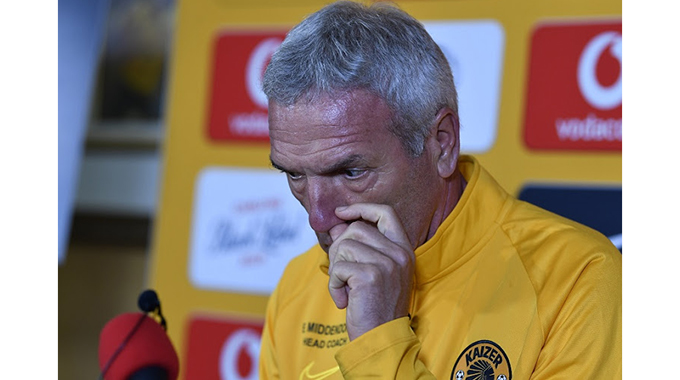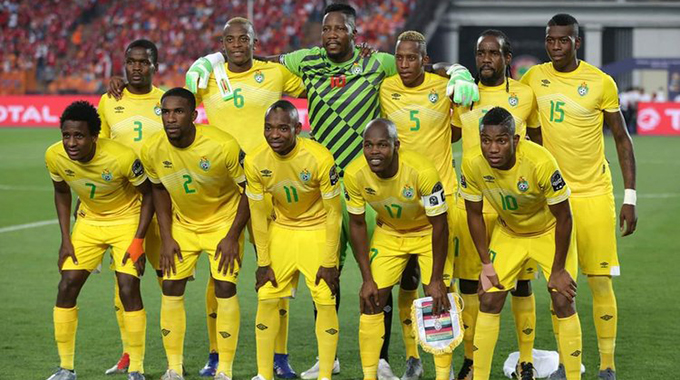Football’s economy avoids meltdown

NEW YORK. — Think back, a little less than six months ago, and you’ll journey to apocalyptic predictions about the future of football.
This was a time when leagues had stopped and it wasn’t clear whether they’d be returning at all; a time when a KPMG study suggested that the Big Five leagues were likely to lose up to €4 billion in 2019-20 alone.
And, that up to €10 billion could be wiped off the value of players; a time when everyone was going Chicken Little because, yeah, the sky really was falling.
It’s now September and we have a clearer picture.
And, while it’s by no means good and there is still a ton of uncertainty, things are not as dire as we had imagined.
Yes, there will be serious knock-on effects, but things could have been much worse, and the fact that they’re not is in part down to the efforts made to resume football in most domestic leagues and the Champions League and that they’ve been able to do it without deleterious consequences thus far (knock on wood).
A report by the European Club Association released last month does forecast €4 billion’s worth of lower revenues, but that is across Europe’s top 20 top-flight leagues, not just the Big Five.
More importantly, that’s over two seasons, taking in 2019-20 and 2020-21.
Four billion sounds like a big number and, to be sure, it is.
But, without context, it’s not that meaningful. So, here’s some context for you, using ECA’s own numbers.
In 2019-20 and 2020-21 revenues were projected to be, in a non COVID-19 world, around €45.1 billion; now, they project to be €41.1 billion.
That’s a decline of 8.9%, which is obviously not good and will have a negative effect, but is not nearly as catastrophic as you might think. ECA’s projected revenue for 2020-21 is €20.7 billion, which is only marginally less than it was in 2017-18.
So, effectively, we’re back to where we were a little more than two years ago.
There’s more. ECA’s projections are based on the assumption that stadium attendance will be around 50% on average across Europe in 2020-21.
That assumption feels very much “finger in the air,” but it’s not their fault: the pandemic — and the response from local authorities and governments — has been brutally unpredictable.
Still, as of now, you’ve got some leagues, like Switzerland, who plan to be at two-thirds capacity in the very near future.
In the Premier League, fans could be back on a limited basis as early as next month.
And, of course, there is the possibility of a vaccine at some point in the new year.
Fans in stadiums don’t just affect box-office receipts, though that’s obviously a big driver.
They also affect stadium sponsorship, hospitality and merchandise, all important revenue streams for clubs.
The impression here is that the 50% figure might be on the conservative side, which would further drive down that €4 billion in lost revenue.
There are obviously other ways the pandemic hit the game. Most leagues had to offer rebates on the TV contracts signed with broadcasters. The Premier League is giving back some €360 million, the Bundesliga €200m and UEFA around €575m.
“We haven’t been in a position to deliver on our commitments to sponsors and broadcasters,” said ECA president and Juventus chairman, Andrea Agnelli.
And, both in terms of sponsors and broadcasters, there’s a deeper concern. As their core businesses get hit by the global economic downturn, they won’t just ask for rebates, they may offer smaller deals going forward.
Then there’s the liquidity issue. Having actual cash on hand to pay bills and conduct business is entirely different than having balance sheets that show profit or break-even.
This Twitter thread by the excellent @SwissRamble demonstrates how, despite showing accounting profits of nearly €200m (£178m) over the past three seasons, working capital is limited even at a big club like Liverpool, who have been hugely successful on the pitch.
(In their case, it’s a bit of a double whammy, because the global downturn means they won’t be able to fully capitalise in terms of growing brand revenues even after winning the Premier League and Champions League.)
Not every club is in the same boat. Some have owners who are in a position to directly inject cash or take on debt to deal with the issue, but the problem is very real and it’s felt in the transfer market.
It may appear as not being terribly important because ultimately when players are bought and sold most of the money “stays in the system,” shifting from one club to another, but in fact, in accounting terms, “player trading” — and the fact that through the magic of amortisation you can generate paper profits seemingly out of thin air — is hugely important to many clubs.
So, while that previous estimate of “up to €10 billion wiped off the value of players” may be exaggerated, and, in fact, it is, there is no question that less activity hits clubs hard and in more ways than one.
Still, you go back to the baseline figures.
We’re talking about a reduction of 8.9% over two years and that’s based on fairly negative, conservative assumptions.
It could be more, it could, likely, be less. And, in any case, it’s nowhere near as brutal as the damage suffered by other branches of the leisure and entertainment industry.
Football has been helped by the fact that it was able to return in most European countries and they were able to finish European competitions in 2019-20. UEFA’s decision to relax Financial Fair Play, as a result of the pandemic, also helps remove some of the pressure, encouraging more investment.
Agnelli spoke of how the pandemic has left “deep scars” on European football and that’s undoubtedly true, but scarred as it might be, it’s still alive and kicking.
And it will recover, despite the doomsday scenarios. — ESPN








Comments